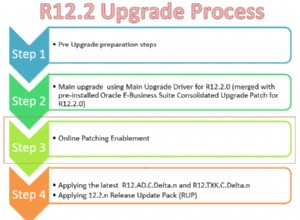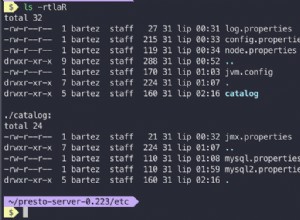Você está procurando por isso?
select
isnull(STUFF(a.x.query('for $s in entity/info/cleaned_name return <x>{concat(",",$s)}</x>').value('.','varchar(max)'),1,1,''),'') as 'Nazwa podmiotu'
,isnull(STUFF(a.x.query('for $s in proceeding/signatures return <x>{concat(",",$s)}</x>').value('.','varchar(max)'),1,1,''),'') as 'Sygnatura'
,isnull(STUFF(a.x.query('for $s in entity
return <x>
{
concat(", ",($s/address/zip_code/text())[1]," "
,($s/address/town/text())[1]," "
,($s/address/street/text())[1]," "
,($s/address/house_number/text())[1],"/"
,($s/address/flat_number/text())[1]
)
}
</x>').value('.','varchar(max)'),1,2,''),'')
from @xml.nodes('/root/Row') as a(x);
O resultado
Nazwa podmiotu Sygnatura AllAdresses
Kate Smith,John Smith V GU 86/18,V GUp 9/19,V GUp 8/19 00-001 London Downing Street 1 /1, 00-001 Washington Pennsylvania Avenue 1/1
UPDATE Vários endereços e dados idênticos
Você pode tentar isso (de acordo com seu comentário)
Seus dados de teste com um segundo endereço e um endereço copiado:
declare @xml as xml = '<root>
<Row>
<proceeding>
<signatures>V GU 86/18</signatures>
<signatures>V GUp 9/19</signatures>
<signatures>V GUp 8/19</signatures>
</proceeding>
<entity>
<info>
<cleaned_name>Kate Smith</cleaned_name>
</info>
<address>
<town>London </town>
<house_number>1 </house_number>
<flat_number>1</flat_number>
<street>Downing Street</street>
<zip_code>00-001</zip_code>
</address>
<address>
<town>Yorkshire </town>
<house_number>1 </house_number>
<flat_number>1</flat_number>
<street>Morning Street</street>
<zip_code>00-999</zip_code>
</address>
</entity>
<entity>
<info>
<cleaned_name>John Smith</cleaned_name>
</info>
<address>
<town>Washington </town>
<house_number>1</house_number>
<flat_number>1</flat_number>
<street>Pennsylvania Avenue</street>
<zip_code>00-001</zip_code>
</address>
<address>
<town>Washington </town>
<house_number>1</house_number>
<flat_number>1</flat_number>
<street>Pennsylvania Avenue</street>
<zip_code>00-001</zip_code>
</address>
</entity>
</Row>
</root>'
--A pergunta
select
isnull(STUFF(a.x.query('for $s in entity/info/cleaned_name return <x>{concat(",",$s)}</x>').value('.','varchar(max)'),1,1,''),'') as 'Nazwa podmiotu'
,isnull(STUFF(a.x.query('for $s in proceeding/signatures return <x>{concat(",",$s)}</x>').value('.','varchar(max)'),1,1,''),'') as 'Sygnatura'
,isnull(STUFF(a.x.query('for $s in entity/address
return
<x>{concat(", ",($s/zip_code/text())[1]," "
,($s/town/text())[1]," "
,($s/street/text())[1]," "
,($s/house_number/text())[1],"/"
,($s/flat_number/text())[1]
)}</x>')
.query('for $a in distinct-values(/x/text()) return $a').value('.','varchar(max)'),1,2,''),'')
from @xml.nodes('/root/Row') as a(x);
A ideia resumidamente:
Usamos o primeiro XQuery para criar um fragmento XML simples como este
<x>, 00-001 London Downing Street 1 /1</x>
<x>, 00-999 Yorkshire Morning Street 1 /1</x>
<x>, 00-001 Washington Pennsylvania Avenue 1/1</x>
<x>, 00-001 Washington Pennsylvania Avenue 1/1</x>
Com isso podemos usar uma segunda XQuery e colocar
distinct-values() lá. 



